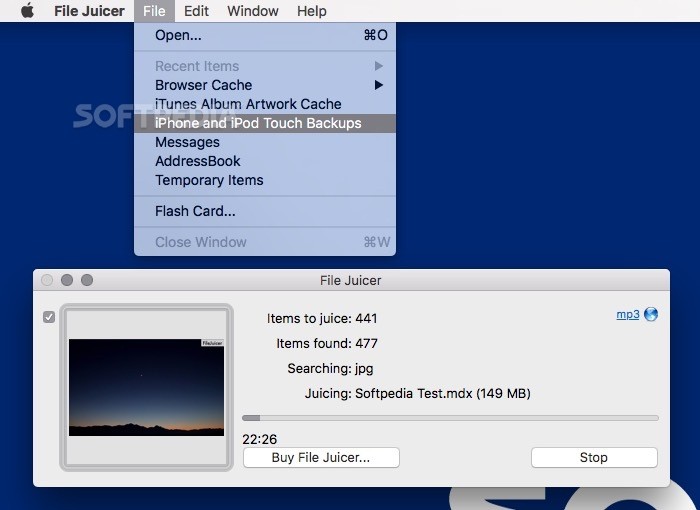
The usefulness of this should be obvious to anyone who was stuck with a Word document or PowerPoint presentation they could only stare at. File Juicer allows you to extract the images, sounds, and movies that are embedded in a document, storing them in a stand alone manner, meaning you can open them with your standard image viewer. Take for example a Microsoft Word document, you can open it and read the text just fine, but the images are not there, and you need them.

Rather, File Juicer is a program that was created to extract the individual files out of a 'package' document. When you read file extracting you probably think of archives this is not the case. The third option is to use a smart little application, the likes of File Juicer. When you find yourself looking at a document you can't open because you don't have the application that created it, you are usually stuck, unless you can get the person that sent you the document to disassemble it or save it in some other transition format which you can read.

Because the document is likely to be in a closed, proprietary format, and will not be readable in any program except the one that created it. Today's program will embed everything, for the sake of simplicity, keeping things simple in that you only have one file to deal with, but complicating things when it comes to giving someone else that document. It used to be that text was moved along computers in simple text documents that everyone could read, and images were either JPEGs or GIFs, which were readily accessible to all.

These days' programs are moving towards packages and closed formats.


 0 kommentar(er)
0 kommentar(er)
